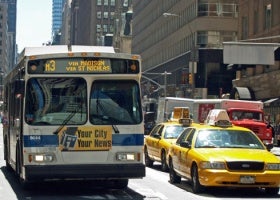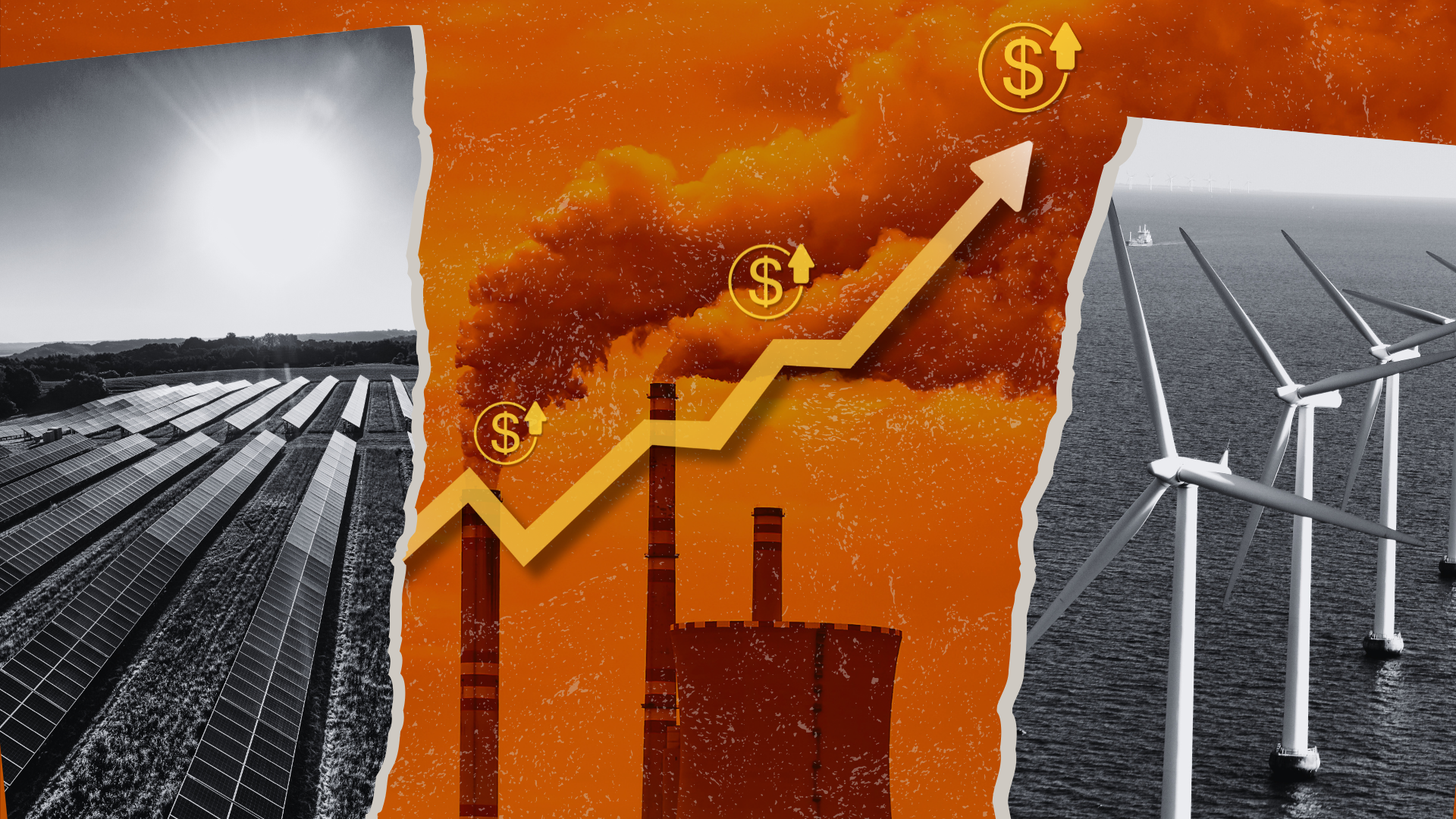NYC Congestion Pricing Plan Moves Forward
 This post is by Sheryl Canter, an online writer and editorial manager at Environmental Defense Fund.
This post is by Sheryl Canter, an online writer and editorial manager at Environmental Defense Fund.
 Congestion pricing – an antidote to urban gridlock and tailpipe pollution used in cities around the world – advanced another step towards passage in New York City yesterday. After almost a year of research, debate, public dialogue and fine-tuning, the New York City Council voted "yes" to congestion pricing.
Congestion pricing – an antidote to urban gridlock and tailpipe pollution used in cities around the world – advanced another step towards passage in New York City yesterday. After almost a year of research, debate, public dialogue and fine-tuning, the New York City Council voted "yes" to congestion pricing.
Next stop: Albany. If state legislators approve the plan, New York City will soon enjoy less traffic, better mass transit, cleaner air, and tens of thousands of new construction jobs – good news in a sagging economy.
The idea behind congestion pricing is simple: discourage drivers from using the most congested roads at the most congested times by making it more expensive. A congestion fee is collected electronically, and the revenues fund an expansion of mass transit.
The New York City plan is to charge a fee of $8 to cars entering Manhattan below 60th Street between 6am and 6pm. (For full details, see the final recommendation.) Congestion fee revenues will fund better buses, subways, and ferries in all five boroughs.
The State Legislature has until April 7th to approve the plan or risk losing $354 million in federal funds for mass transit improvements. Stay tuned!












One Comment
Given that union workers make more money than non-union workers, congestion $$ will result in *fewer* jobs. Given that union jobs are often padded with extra, unproductive workers, bang for the buck is even lower.
I am all for congestion pricing, but those jobs are not the kind that we want to encourage.